Photo story: The Walking Trail around Lake Kawaguchiko (Part 1)
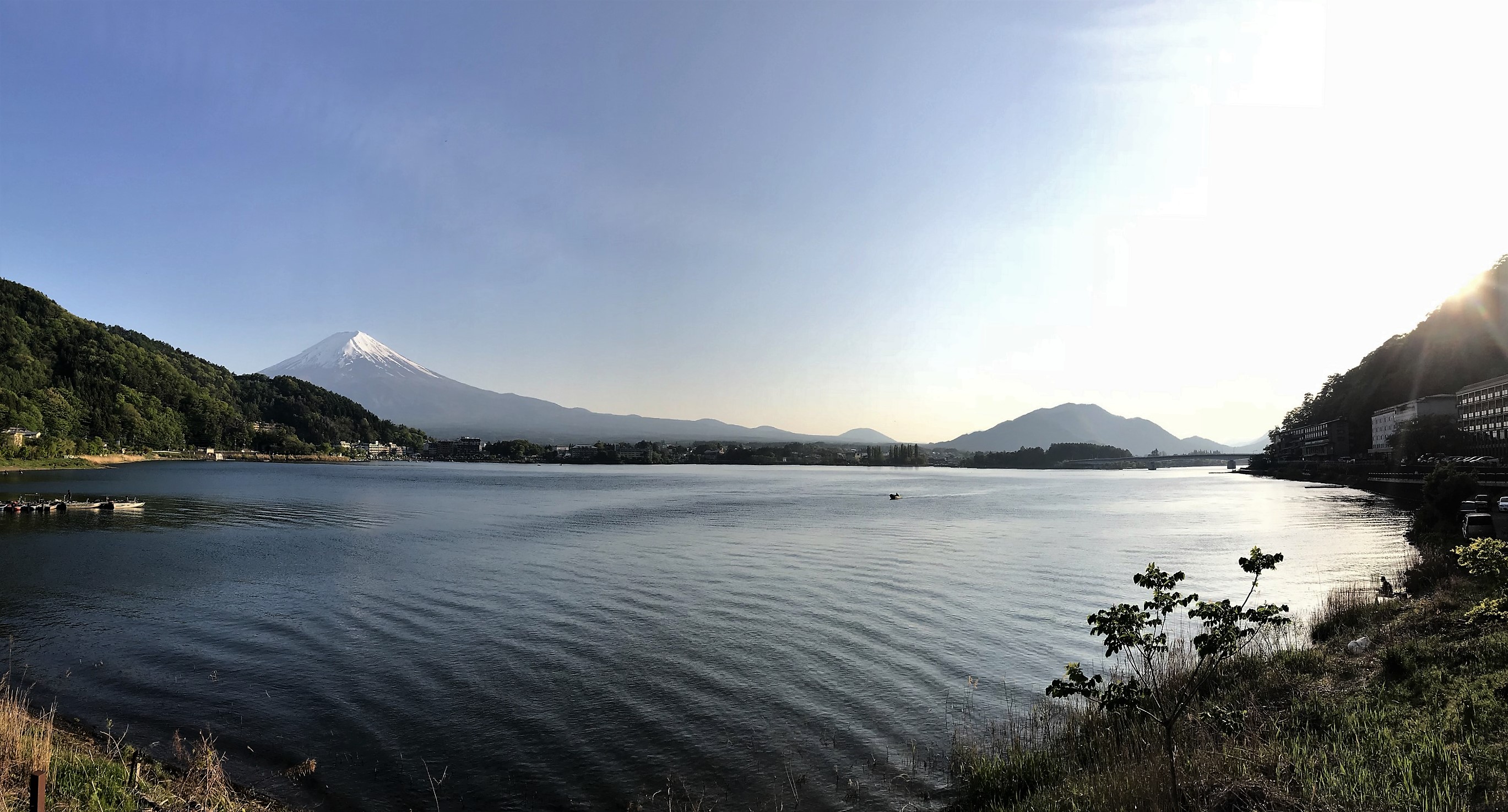
The total shoreline of Lake Kawaguchiko is about 19km, hence it would take you some time to get around the lake on foot. But walking has its perks as it gives you some time to experience the small things. You might also come across special sights than if you were to zoom past with a bike. Well, I should come clean. I’m shaky on the bike and I would prefer not to fall in such a nice place like Lake Kawaguchiko. So I was pretty relieved when there were no longer bikes for hire at the bicycle stand near the lake. Here’s what we saw along the walking trail around Lake Kawaguchiko (Part 1).
About Lake Kawaguchiko and the Fuji Five Lakes
According to Wikipedia, Lake Kawaguchiko is the second largest of the Fuji Five Lakes in terms of surface area, and is located at the lowest elevation. It is situated at an altitude of approximately 800 metres, which accounts for its relatively cool summers and frequently icy winters. It also has the longest shoreline of any of the Fuji Five Lakes. The five lakes the name as they were formed by previous eruptions of Mount Fuji. Aokigahara, also known as the Sea of Trees, is located near the lakes and to Mount Fuji as well. It’s also known as the Suicide Forest. Which is quite sad because it looks like a nice forest from pictures. And is home to several mammals including the Asian black bear, small Japanese mole, bats and squirrels.
The Start – ‘Harbour’ of the Pleasure Boats
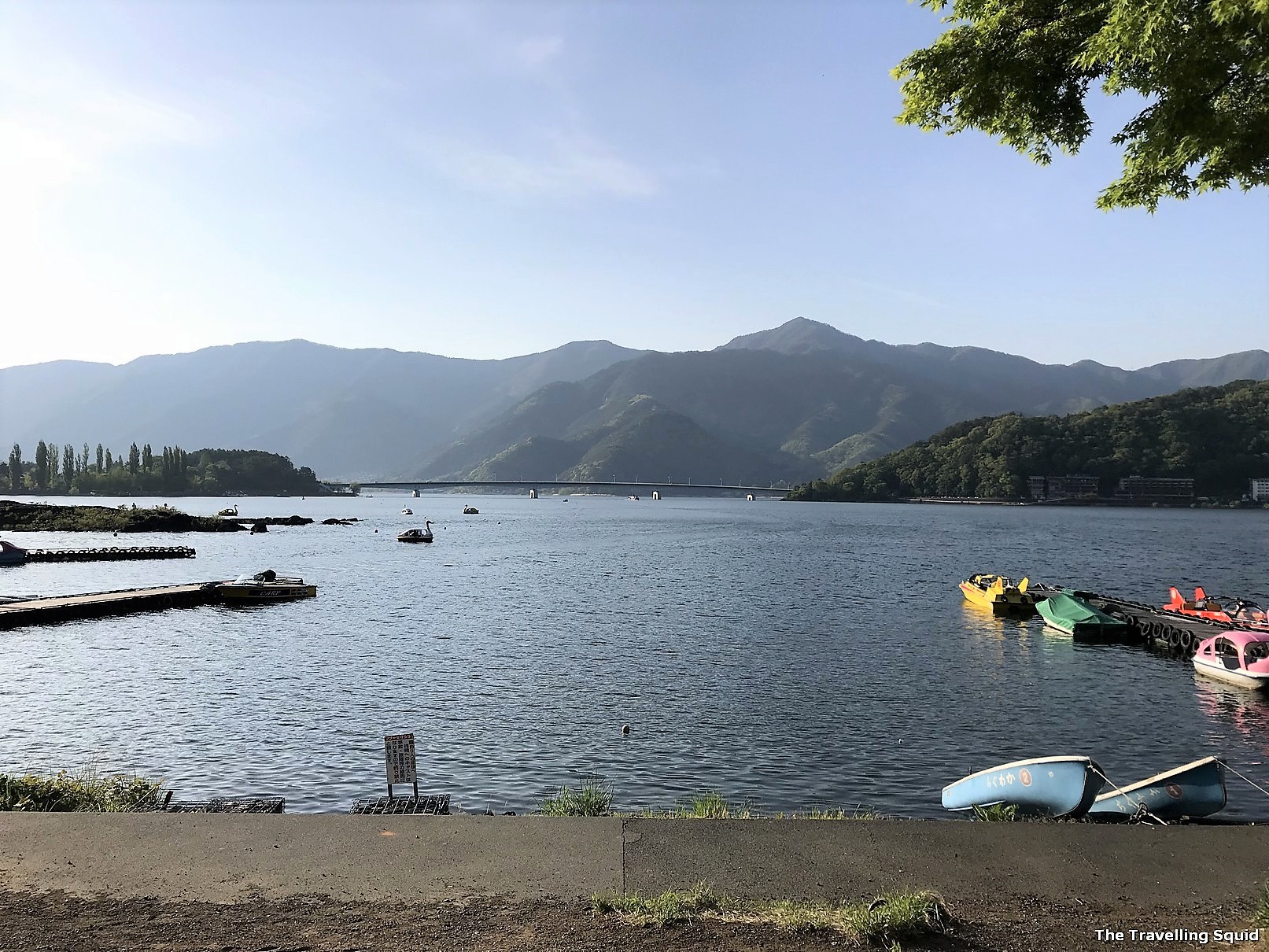
Our starting point was near Hotel Konanso. Facing the lake, we turned left and followed the path around the lake. It was pretty straightforward. There were no major obstacles.

There were many interesting sights along the way, including this meter which recorded the highest level the lake has risen. It’s highest point was 3.07m above sea level, and I hope it would never rise to that height again. Think about how many nice ryokans and onsens it would have drowned out! According to Wikipedia, Lake Kawaguchiko has no natural outlet, and flooding of settlements on its shores was a problem until the construction of a canal connected it to a tributary of the Sagami River in 1914.
Along the way, we also came across a statue, said to have been sculpted by a 101 year old famous Japanese sculptor, Seibo Kitamura.
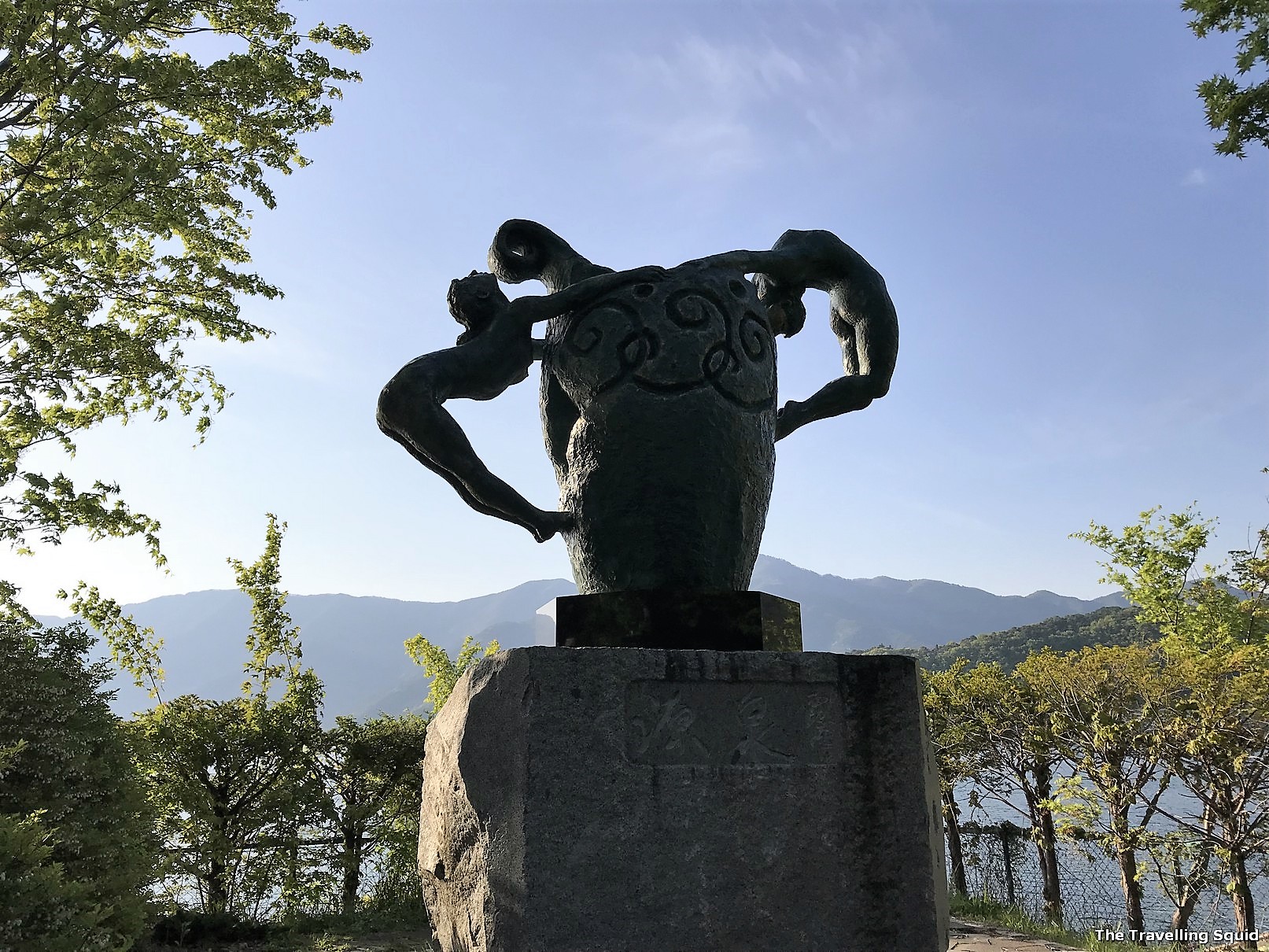
According to the description of the statue, the vase portion represents Lake Kawaguchiko, the fountain of wisdom, hope, life and plenty. The two female figures represent positivity and negativity. The woman on the left is positive and the woman on the left is negative. As they dance around the vase, they symbolise the never-ending occurrence and renewal of life, and how two opposites can come together to become one source. (Mmm..)
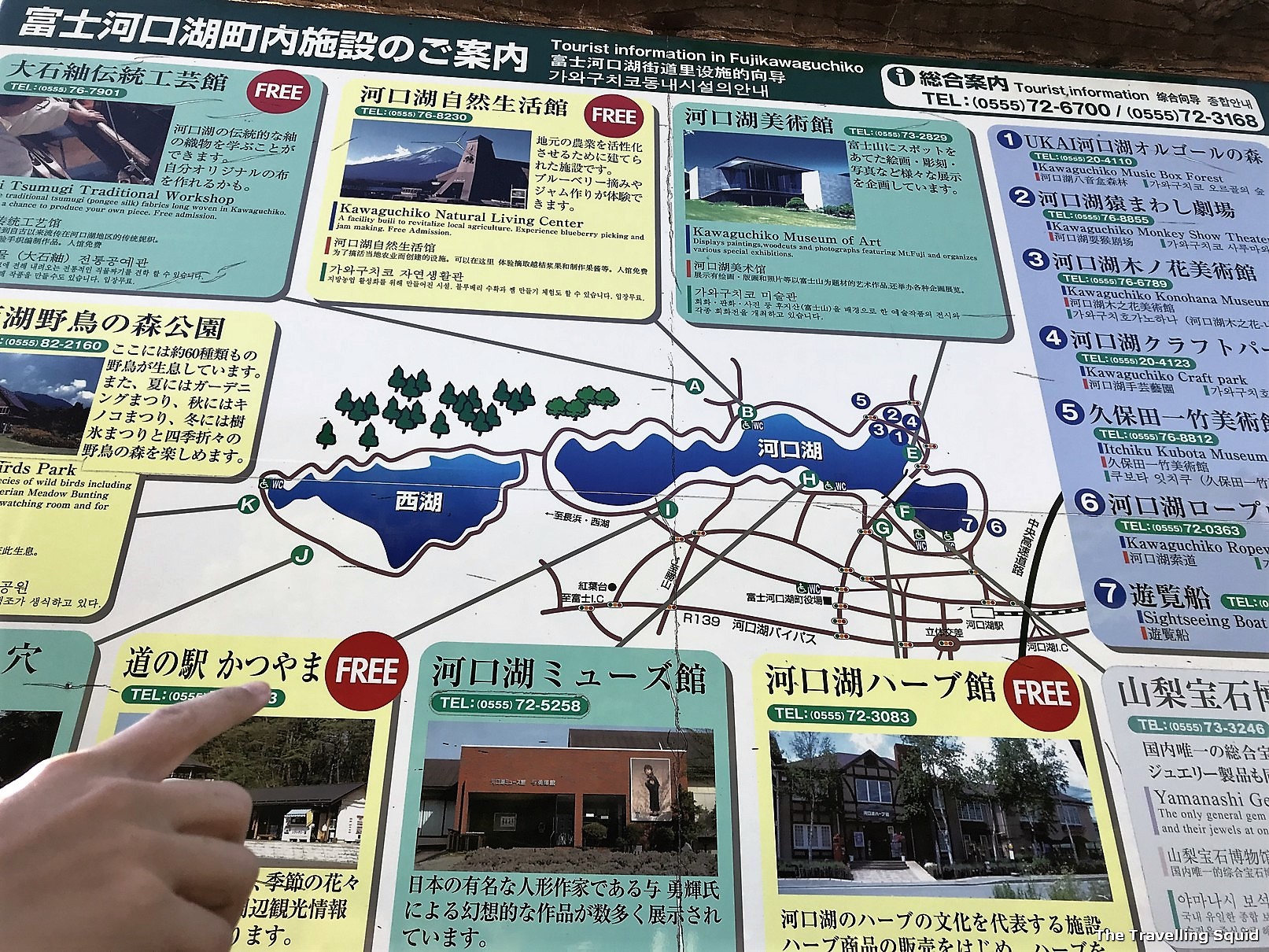
Then we carry on walking.. and met the fishermen.
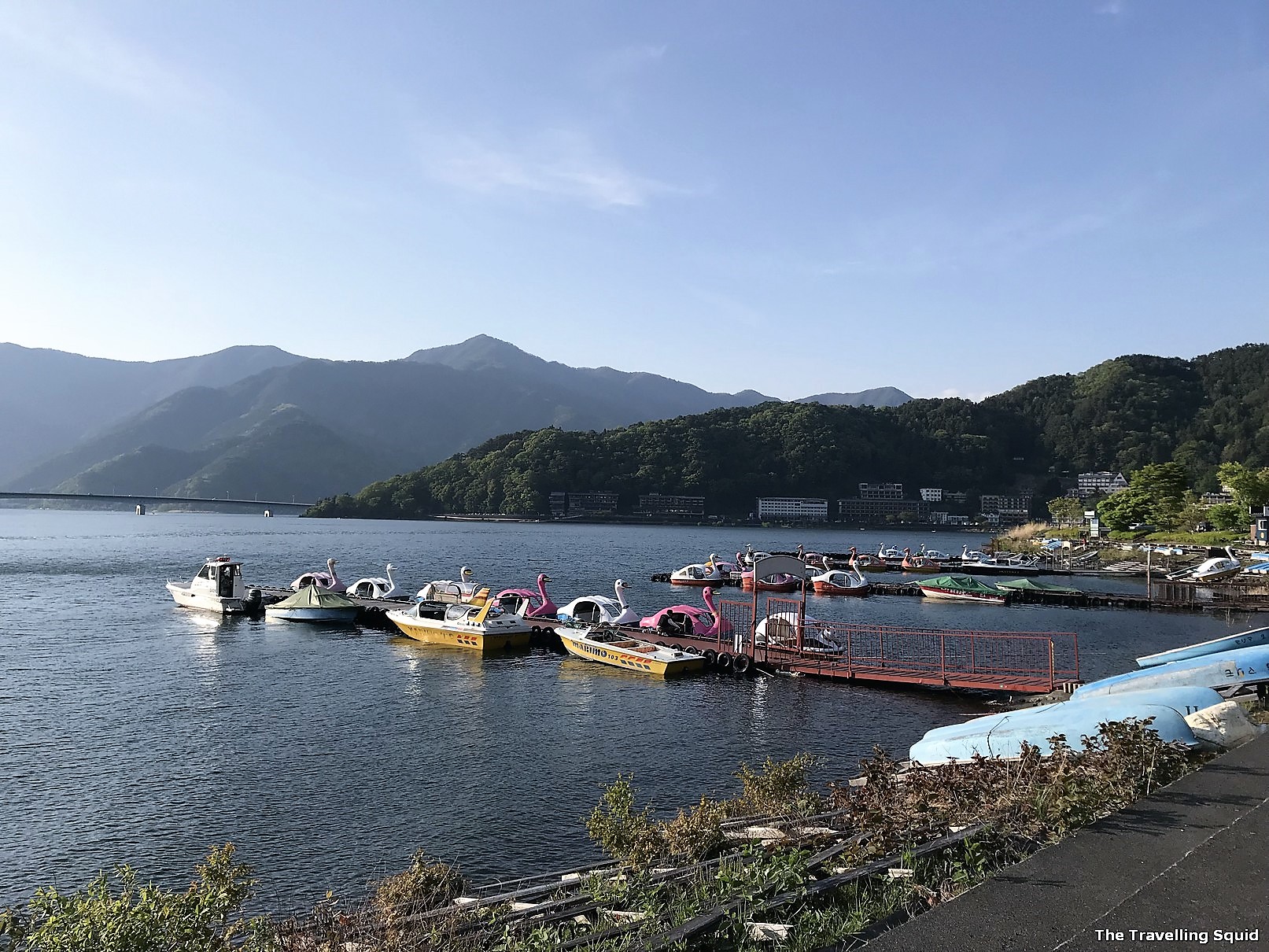
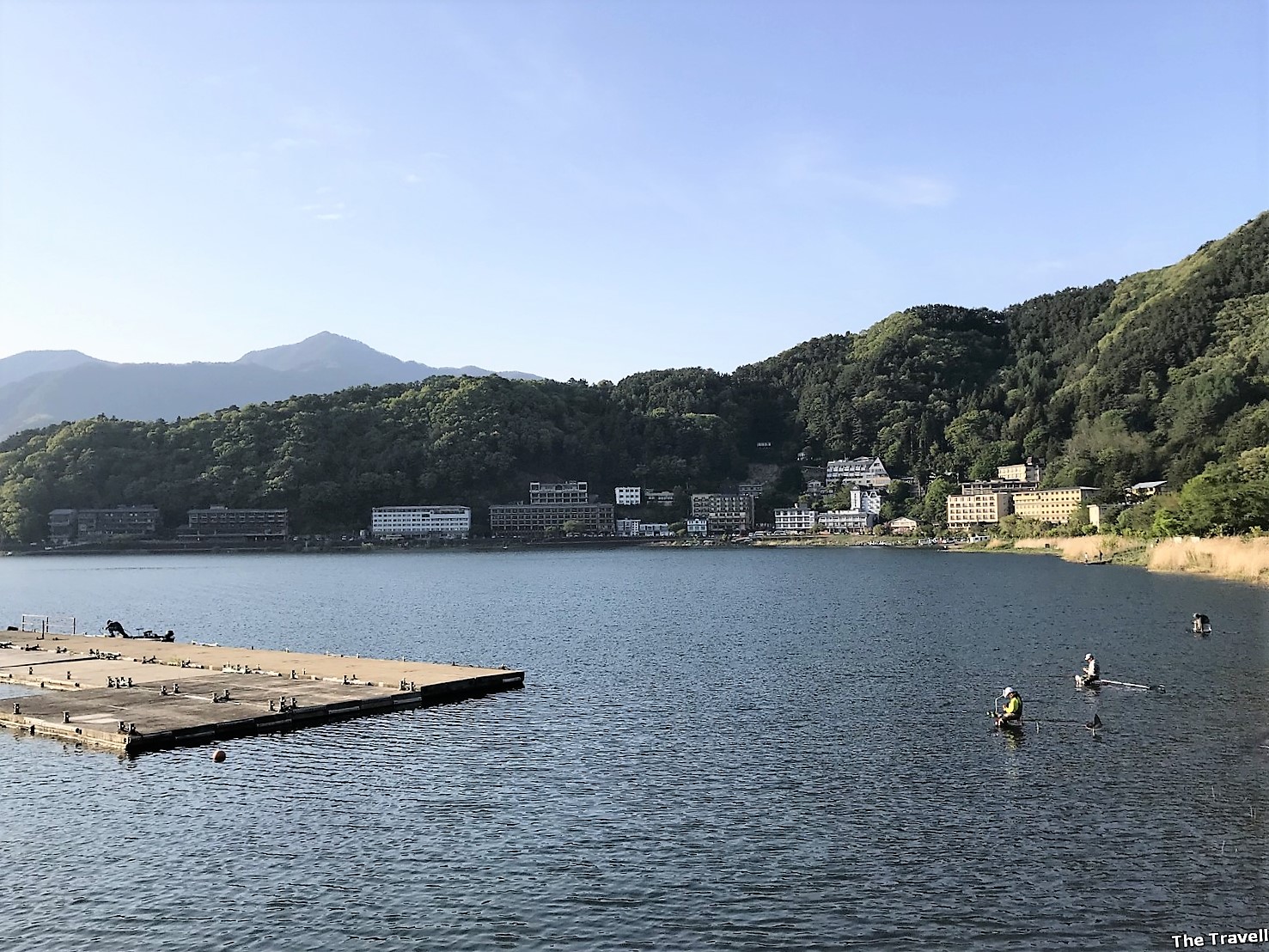

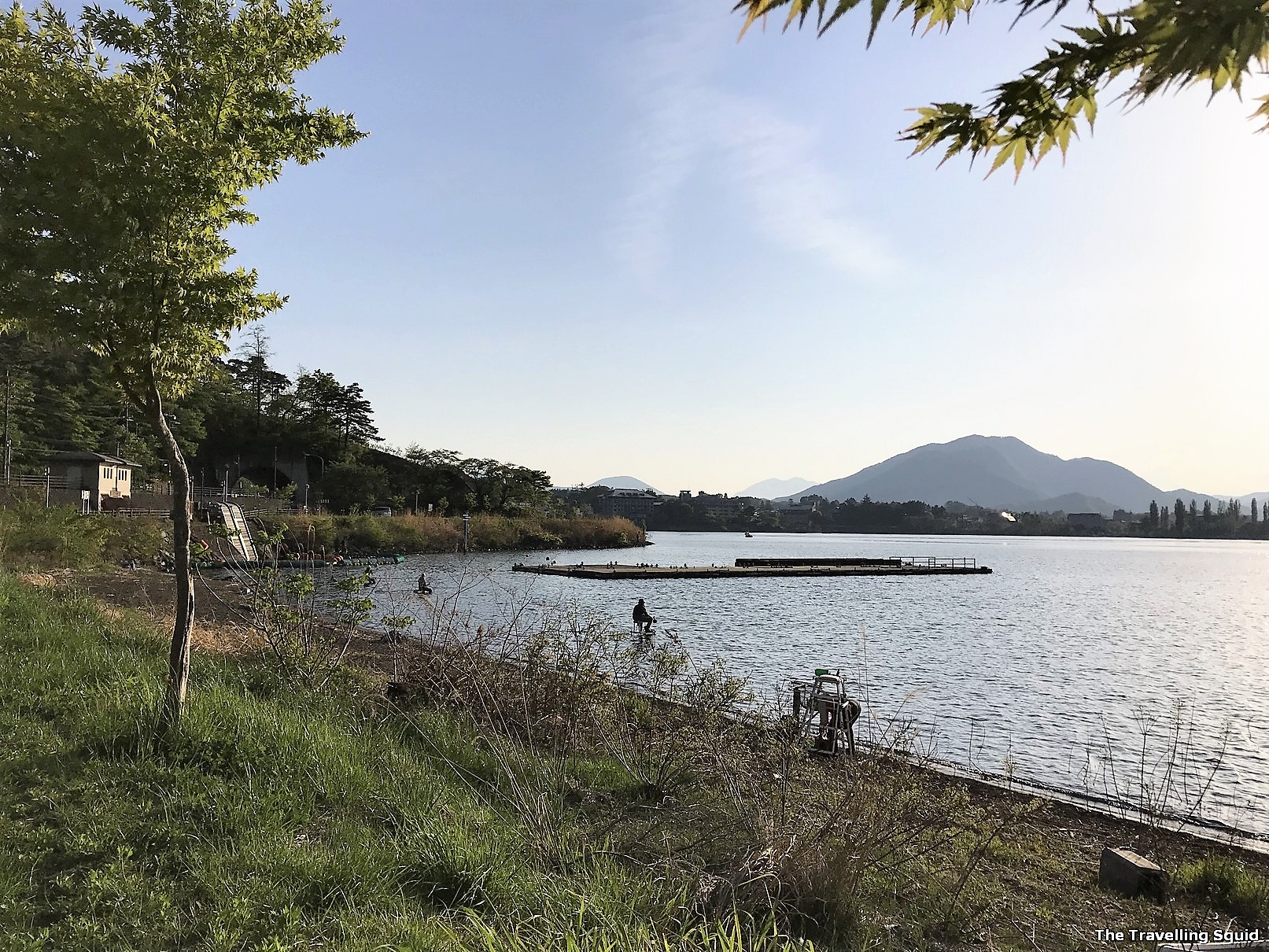




These plants reminded me of ‘flamegrass’, which I had seen at the Sangumburi Crater in Jeju.
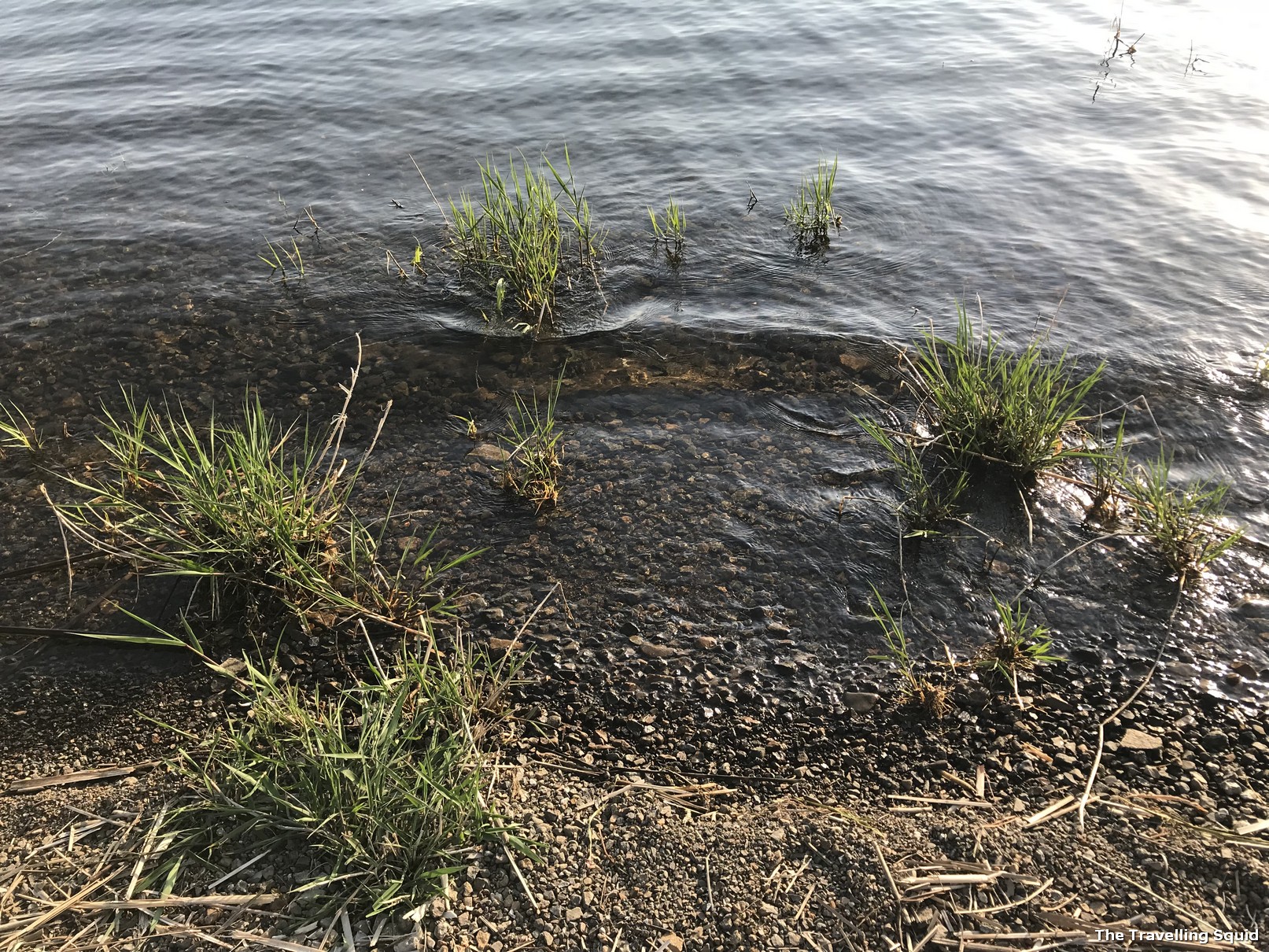



We arrived a the Other Side of Lake Kawaguchiko
Walking past Kozantei Ubuya

You can refer to the Agoda listing for more rates and pictures. In a way, I thought Hotel Konanso was a little more value for money as Kozantei Ubuya cost SGD100 – 200 more. The facilities were only slightly more lavish. (There was the view of Mount Fuji, which added to the cost I guess.)

The Travelling Squid’s Take

Lake Kawaguchiko is probably my favourite destination in all of Japan. It was not overly touristy, and the lake and the walking spaces around it were big enough for us to find some privacy. S had booked a really nice hotel (ryokan) for us to spend the night, and for a minute, I just didn’t want to leave the room. Largely because the room was comfortable, and there was a fantastic view.
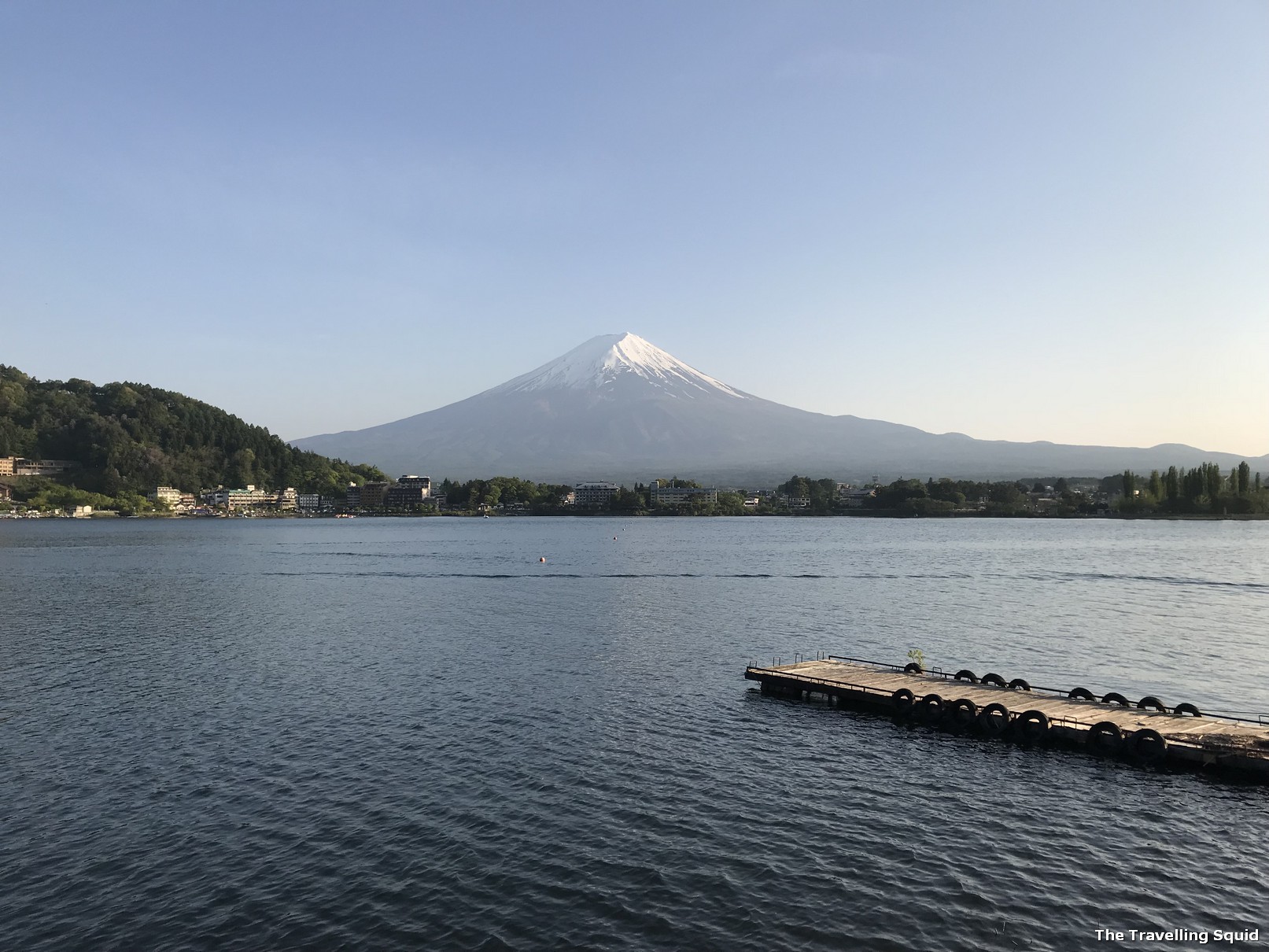
But I realised that there was a difference. Coming out, taking a walk as compared to staying put in the hotel room. It’s an indescribable feeling when one’s sneakers make contact with the grass. You also get the liberty to admire the trees and flowers that you come across, and notice the ripples of water that surround what seem to be patches of weeds growing at the lake’s perimeters. While we did manage to catch the glory of Mount Fuji on a clear day, it was the simple things that mattered. The four men fishing, equally spaced from each other. The green open paths which almost seem so inviting. And with everything shrouded in the golden light of spring, it’s not hard to imagine why Kawaguchiko can be the best place to visit in Japan.
Hope you found the post on the walking trail around Lake Kawaguchiko useful. Stay tuned for Part 2!

Leave a Reply